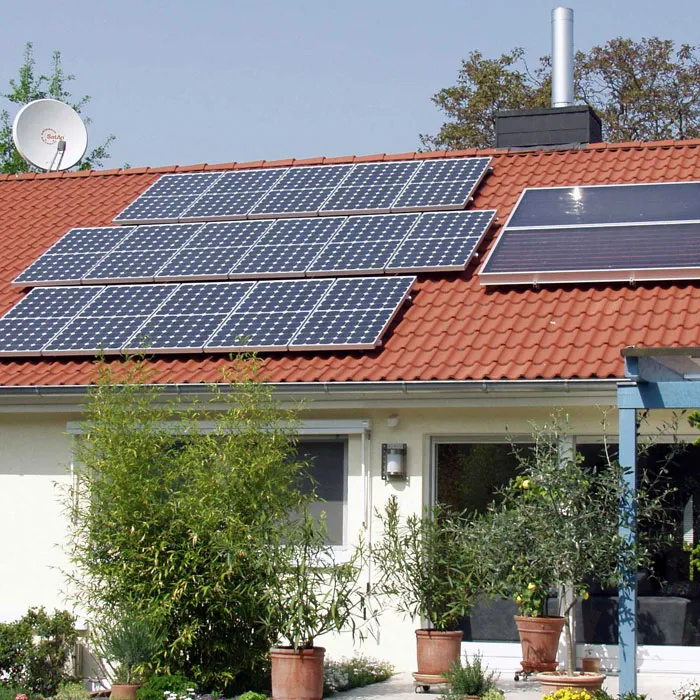Top Considerations for Sizing a Solar Heat Pump Hot Water System
2024-11-19
The journey to choosing a solar heat pump hot water system starts with one critical step: proper sizing. A well-sized system ensures sufficient hot water for your household, minimizes energy consumption, and maximizes cost savings. In this blog, we’ll highlight the top considerations for sizing your system.
1. Understand Your Household’s Hot Water Demand
Begin by assessing your family’s daily hot water usage:
- Small Households (1–2 people): A system with a smaller tank (e.g., 150 liters) may suffice.
- Medium Households (3–4 people): Opt for a tank in the 250–300 liter range.
- Large Households (5+ people): Systems with 400+ liter tanks are typically required.
2. Solar Collector Area and Output
The size and efficiency of the solar collector (or panels) determine how much sunlight is captured.
- Rule of Thumb: Generally, 1–1.5 square meters of collector area per person is a good guideline.
- Local Climate: In sunny regions, smaller collector areas are sufficient, while colder areas may require larger setups.
3. Seasonal Performance Variations
Take into account fluctuations in solar energy availability throughout the year.
- Winter: Ensure the system can handle reduced sunlight with the help of a backup system or larger collectors.
- Summer: Overproduction isn’t a problem if your system is designed to store or divert excess energy.
4. Heat Pump Power and Efficiency
Select a heat pump with the appropriate capacity:
- Capacity Rating: Measured in kilowatts (kW), this indicates how much heat the pump can generate.
- Efficiency: Choose a model with a high COP, especially if you live in a cooler climate where heating demands are higher.
5. Storage Tank Sizing
Storage tanks should be large enough to meet peak demand without excessive oversizing.
- Ensure the tank matches the capacity of the solar collector to avoid overproduction or underutilization.
- Look for tanks with excellent insulation to reduce heat loss.
6. Site Conditions and Orientation
Proper positioning of the solar panels is crucial:
- Roof Angle: Ideally, the roof should have a tilt angle close to your location’s latitude.
- Orientation: South-facing (in the Northern Hemisphere) or north-facing (in the Southern Hemisphere) is optimal.
7. Maintenance and Lifespan
Consider long-term maintenance requirements:
- High-quality systems typically last 10–15 years or more.
- Regular maintenance, such as cleaning panels and servicing the heat pump, ensures optimal performance.
8. Consult an Expert
Finally, work with a professional installer who can assess your specific needs and recommend the right system size. They’ll consider factors like roof space, shading, and local building codes to ensure the best setup.
Investing time and thought into sizing your solar heat pump hot water system can pay dividends in the form of reliable performance and energy savings. By considering these key factors, you can enjoy hot water that’s efficient, eco-friendly, and perfectly tailored to your household’s needs.



